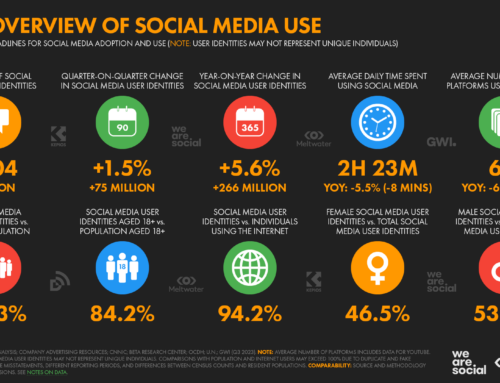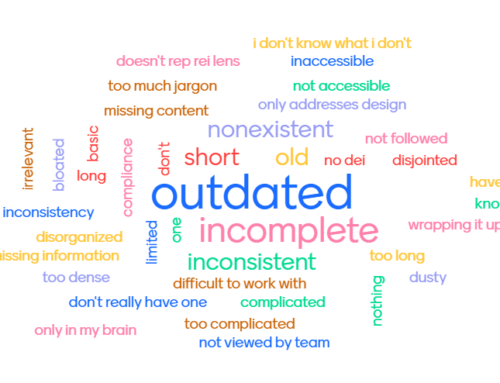 A flurry of questions came in at the end of today’s webinar on Writing for Social Media, so I’m going to try to quickly answer a bunch of them here. I didn’t get permission to use people’s names, so I’m sharing these questions anonymously.
A flurry of questions came in at the end of today’s webinar on Writing for Social Media, so I’m going to try to quickly answer a bunch of them here. I didn’t get permission to use people’s names, so I’m sharing these questions anonymously.
We have both the Facebook Page and the Group. I know you said stick with the page. Do we somehow fold our group members into the page and close out the group? Does that sound like the right way to proceed?
Now that Facebook has made Pages more like Profiles, they are the way to go. Unless you have a subgroup of folks who really want to talk with each other about something specific (groups can be private, for example), I’d say ditch the group. Just post to its wall and send a few messages to members to explain that you are shutting it down on a certain date in favor of the Page.
When writing blog posts, I am asked to always link it back to our organization so it is the focus. Should this be the case?
It sounds like your blog might not be on your website? If it is on a separate domain, than frequent linking back to the main site is important. But be sure that you are linking to others just as much, especially to other blogs. It’s fine to have lots of links in a post, both to your site and to blogs or websites of others.
What kind of frequency do you recommend for Facebook posting? What’s enough and too much?
Of course, it all depends on your strategy and what you are using your page for. But as a default starting point, I’d say once a day is good. You could even get away with every other day. On the other end of the spectrum, I’d say more than two or three times a day might be too much, unless, again, there is a real strategy behind it. The culture of Twitter is quite different, where multiple updates during the day are the norm.
There are often concerns about compliments and retweets being seen as endorsements. How do we get around this?
This sounds to me like there might be bigger issue with someone not really appreciating how social media works and how it is different from other more traditional forms of communication. To address this issue, I would sit down and look at real examples and scenarios and try to get a better sense for what people think is OK and what is not. We have two webinars coming up in February that will help with those conversations: Social Media Fear Factor-Getting Over What’s Holding You Back and Creating a Social Media Policy for Your Nonprofit.
I set up a Page for my nonprofit. When the nonprofit does anything on Facebook, it shows up as me doing it, not the nonprofit. For example, I just “liked” a few pages, and it shows up on my personal profile, not of the nonprofit’s page. However, when I add another page as a favorite of nonprofit’s, it shows up on nonprofit’s page as a favorite.
(2/10/11 Update: Big changes at Facebook! I recommend this post by John Haydon to understand those changes. The answer below no longer applies.)
Unfortunately, what you have described is exactly how it works! While Facebook has made organizational pages act much more like personal profiles do, Facebook does not recognize the Page as a person who can go around and do things on Facebook. So, while you may think you are “liking” something as the Page, you are really doing it as an individual who just happens to also be the Admin of the Page. You can, however, have your Page mark other Pages as favorites so they appear in the sidebar on your page. It’s confusing, and annoying, but that’s how it works, at least for right now.
We are a research based intermediary so we don’t have pictures of kittens. How do we make facts interesting on Twitter w/out stories? Trivia?
Trivia could be a good approach. Even though you are an intermediary, I would encourage you to work with your organizational partners to identify some stories you can tell that highlight the importance of your work. Even stories about how you help the staff people at your partner organizations is better than nothing.
How much overlap is OK between Facebook and Twitter? Can you post the same stuff in both places?
You’ll find people who will argue with me on this, but I say, yes, you can post the same stuff in both places as a baseline, as long as you aren’t overdoing it on Facebook (The Twitter community is more accepting of frequent updates than the Facebook community.) Then you might supplement with additional material that is really best on Twitter, and do the same with Facebook. But I think some repetition is fine, and actually a good thing.
How do you set up a custom shortened URL?
I use a service called ShortSwitch, which turns links at kivilm.com into my custom short links. You have to have a dedicated URL of your own to use the service. There are a few others services like that, as well as several programs that you can host yourself on your own server. Search on “custom short URL” and you’ll see a bunch of options.
Thanks for all the great questions!
P.S. Here’s what’s coming up next in our weekly webinar series . . .
January 27: Writing to Raise More Money
February 3: Writing Thank-You Notes That Inspire Future Gifts
February 8: The New & Improved Nonprofit Annual Report
February 16: Social Media Fear Factor: Getting Over What’s Holding You Back






